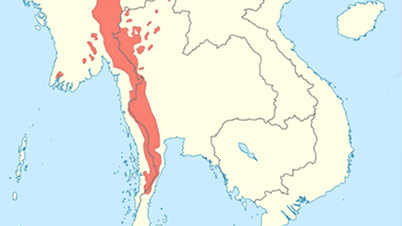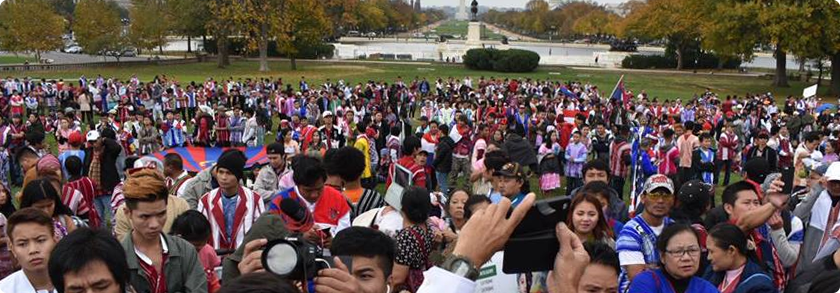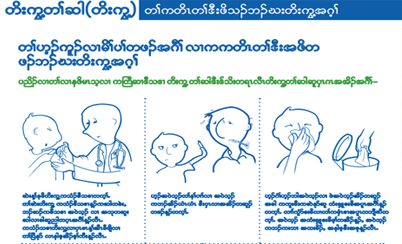The Karen languages are distinct from Burmese and crucial for aiding Karen refugees during resettlement. Demand for Karen language translation has increased due to the emigration of Karen refugees, who face significant challenges such as PTSD and language barriers. Despite modest resources, the need for localized content in Karen is critical for their integration into new countries. Hansem Global, with offices in Southeast Asia and the US, is committed to expanding its services to meet these translation needs and support the Karen community.
I. Brief Overview on Karen
The Karen languages are a group of tonal languages spoken by around 7 million Karen people (also known as Kayin or Kariang in English), and who live mainly in Karen State in the south and southeast of Burma (Myanmar) as well as in coastal areas of Thailand. There are three main branches: Pa’o, Pwo, and S’gaw. S’gaw is spoken by over one million people in Burma and Thailand.
Despite popular belief, Karen and Burmese are not the same. Ethnically, they are a different group and many do not speak Burmese. Localization of the Karen languages largely contributes to the purpose of helping the Karen refugees overcome the language barrier during their resettlement to third countries.


II. Translation demand for Karen
Recently, there have been popular demands for the translation and localization of Karen, this is due to the fact that many Karen who emigrate are refugees as a result of violence in their homeland. They come from their traditional homeland in Myanmar or from refugee camps in Thailand. Some Karen refugees have been able to resettle in the United States, Australia, Canada, England, Netherlands, Norway, Sweden, Finland, Denmark, New Zealand, South Korea, and Japan. In United States, the first Karen refugees started arriving in the United States in the late 1990s. Resettlement of Burmese refugees peaked in October 2006 to August 2007, when 12,800 Karen refugees were resettled in the United States. There are about 100,000 Karenni refugees as of 2015, and the number has grown. They mostly live in Minnesota, New York, Nebraska, Indiana, and California.

Adjustment to a third country is challenging in which learning a new language is the biggest barrier. Therefore, having localized content in Karen languages will definitely have great significance to the refugees. Most refugees who experienced conflicts and warfares in their homeland may have PTSD and other health issues. The lack of fluency and literacy in English and little understanding of the social and justice system made it challenging for Karen refugees to settle in the US. With this in mind, the government agencies or health agencies started providing important content (health, education, safety, etc.) in Karen. In almost every aspect of their daily lives, however, having Karen translations will be of great help to the refugees. As for the demand for Karen to English translation, it was mainly for getting involved with the Karen community and supporting the Karen refugees and for those that simply wish to communicate with Karen people.
Why is it difficult to translate and localize the Karen language? First of all, the Karen languages are tonal in nature. The Burmese script was adopted to write these tongues. Specific typing settings, fonts and even layouts will be needed to display the text correctly. Secondly, native experts are needed for such lesser-known languages. There are many dialects in Karen and the translators/interpreters have to understand the differences between them.


III. Karen resource situations
Although there have been Language Services Companies providing Karen translation services since the 2000s, the number of reliable resources is still modest in general. In the United States, there are still potential opportunities to develop Karen localization services, and Hansem Global has never stopped looking for opportunities to expand our services with more and more languages to cover. We have worked with the important Client S. throughout various projects and received their recognition and trust.
Hansem Global has enough confidence and ability to take on the Karen language group and is now making our first moves. In addition to online platforms, we have our offices located both in SouthEast Asia and in the United States, which is a plus when it comes to finding resources.
About Hansem Global
Hansem Global is an ISO Certified and globally recognized language service provider. Since 1990, Hansem Global has been a leading language service company in Asia and helping the world’s top companies to excel in the global marketplace. Thanks to the local production centers in Asia along with a solid global language network, Hansem Global offers a full list of major languages in the world. Contact us for your language needs!
Sources:






